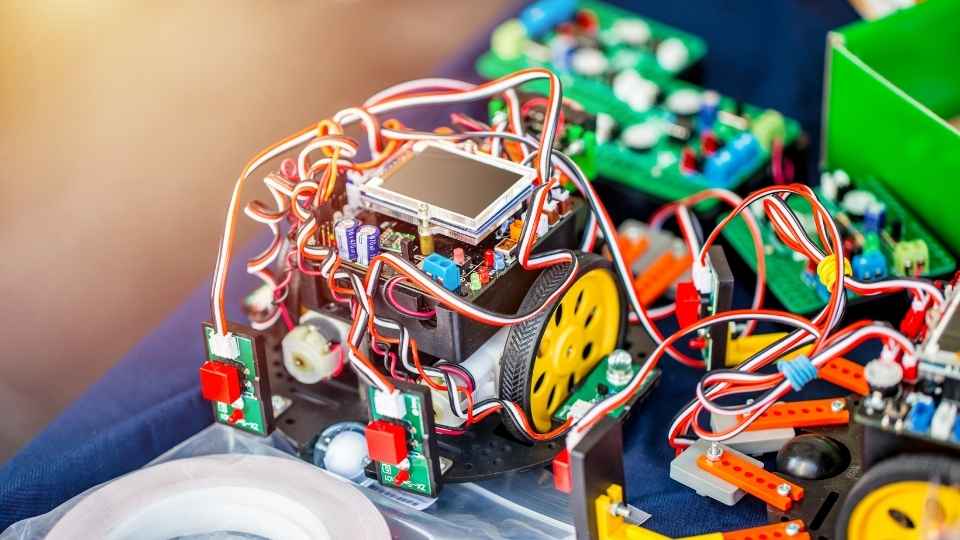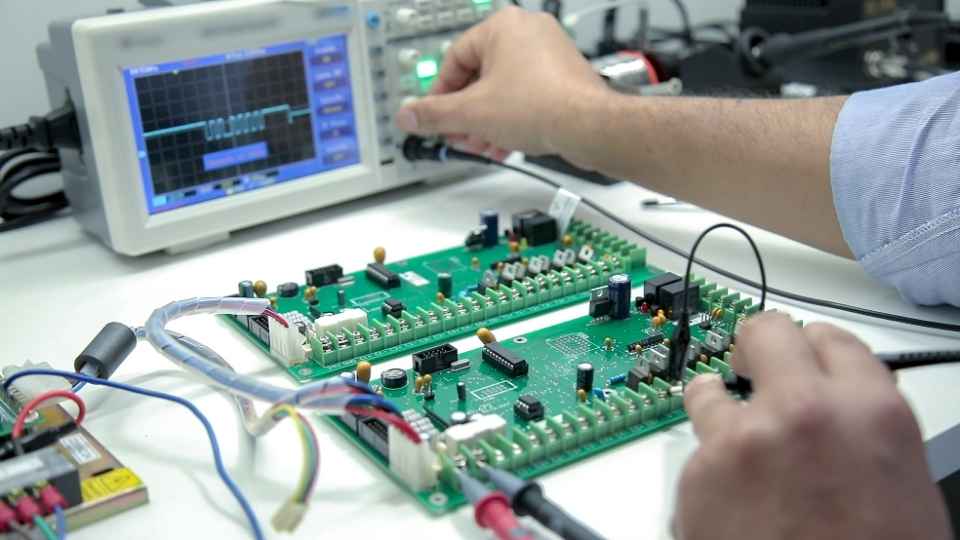
Alright folks, buckle up because we're about to dive headfirst into the wild world of currents, voltages, and transformers.
In this electrifying journey, I'll be your guide as we navigate through the intricate web of AC and DC systems.
We'll unravel the mysteries behind voltage conversion and regulation, and explore how transformers play a pivotal role in power distribution.
So if you're ready to plug into knowledge and gain a deeper understanding of our electrified world, let's get started!
Key Takeaways
- AC stands for Alternating Current, while DC stands for Direct Current.
- Transformers are devices used for voltage conversion, stepping up or stepping down input voltage.
- Transformers enable efficient transmission of electricity over long distances with minimal power loss.
- Understanding AC and DC is essential for troubleshooting and designing electrical circuits.
The Basics of Current: Understanding the Difference Between AC and DC
Understanding the difference between AC and DC is essential when navigating the world of currents and voltages. AC stands for Alternating Current, while DC stands for Direct Current. The main distinction lies in the direction of flow of electric charge.
In AC, the current periodically changes direction, oscillating back and forth. This is achieved through a generator or power grid that produces sinusoidal waveforms. On the other hand, DC flows continuously in one direction, maintaining a constant polarity. It's commonly generated by batteries or solar panels.
While both types have their uses, AC is more prevalent in our daily lives because it can be easily transmitted over long distances without significant loss of energy. However, DC has advantages such as its ability to store energy efficiently and power electronic devices directly without requiring conversion.

Understanding these concepts empowers us to make informed decisions about electrical systems and technologies that best suit our needs and desires for freedom.
Unveiling the Power of Voltages: Exploring Voltage Conversion and Regulation
Discover how you can tap into the power of voltage conversion and regulation to optimize your electrical systems.
Voltage conversion is a process that allows you to change the level of voltage in your electrical system, while voltage regulation ensures that the output voltage remains stable and within desired limits. By harnessing these techniques, you can achieve greater efficiency, reliability, and versatility in your electrical setups.
Voltage conversion is achieved through devices called transformers, which can step up or step down the input voltage. This flexibility enables you to adapt your system to different power sources or equipment requirements.
On the other hand, voltage regulation is accomplished using regulators or stabilizers that constantly monitor and adjust the output voltage. This prevents fluctuations and ensures a smooth supply of power to your devices.
The transformer plays a crucial role in power distribution, allowing for efficient and adaptable voltage conversion. It's an essential component in our modern electrical grid, enabling the transmission of electricity over long distances with minimal power loss.
The primary function of a transformer is to convert high voltage electricity from power plants into lower voltages suitable for use in homes and businesses. This process involves electromagnetic induction, where alternating current (AC) flowing through one coil creates a changing magnetic field that induces a voltage in another coil.

Powering our modern lives, transformers play a vital role in delivering electricity at the right voltage levels for various applications. They're essential components in power distribution systems, ensuring that electrical energy can be transmitted efficiently and safely.
Here are some key points to understand about transformers:
- Transformers operate based on the principles of electromagnetic induction, where changing magnetic fields induce voltage in conductive materials.
- They can step up or step down voltages, allowing electricity to be transmitted over long distances with minimal losses.
- Transformers come in various types, such as distribution transformers, power transformers, and instrument transformers, each serving specific purposes.
Understanding the importance of transformers is crucial when it comes to navigating the world of currents and voltages. With this knowledge, we can now delve deeper into understanding and working with AC/DC systems in our practical guide ahead.
Navigating the Currents: a Practical Guide to Understanding and Working With Ac/Dc Systems
Now let's dive into understanding and working with AC/DC systems by exploring the practical guide ahead.
As a freedom-seeking individual, it's crucial to grasp the intricacies of these electrical systems that power our modern world. AC (alternating current) and DC (direct current) are two fundamental types of electrical currents that serve different purposes. AC flows in cycles, constantly changing direction, while DC flows in a single direction.
Understanding their characteristics and how they interact is essential for troubleshooting and designing electrical circuits. This practical guide will provide you with step-by-step instructions on how to work with both AC and DC systems, including safety precautions, circuit analysis techniques, and tips for efficient energy usage.
Frequently Asked Questions
What Is the History of AC and DC Currents?
The history of AC and DC currents is a fascinating journey through the development of electrical power. From Edison's pioneering work with DC to Tesla's revolutionary AC system, it is a story of innovation and rivalry that shaped our modern world.

Are There Any Risks or Dangers Associated With Working With Ac/Dc Systems?
Yes, there are risks and dangers associated with working with AC/DC systems. These include electric shock, electrical burns, and even fatalities. It is crucial to follow safety protocols and use appropriate protective equipment to mitigate these hazards.
How Do AC and DC Currents Affect Electrical Appliances Differently?
AC and DC currents have different effects on electrical appliances. AC, with its alternating direction, can cause heating and mechanical stresses, while DC provides a steady flow of energy. Understanding these differences is crucial for maintaining the proper functioning of appliances.
Transformers have various everyday applications. Common examples include power distribution, voltage conversion in electronic devices, and even charging devices like smartphones. They play a crucial role in ensuring efficient and safe electricity usage.
Yes, transformers can be used to convert AC voltage to DC voltage. By using a rectifier circuit, the alternating current is converted into direct current, allowing for the transformation of electrical energy.
 Basic Electronics ConceptsEssential ToolsCircuit Design BasicsMicrocontrollersDIY Electronics ProjectsRoboticsPrivacy PolicyTerms And Conditions
Basic Electronics ConceptsEssential ToolsCircuit Design BasicsMicrocontrollersDIY Electronics ProjectsRoboticsPrivacy PolicyTerms And Conditions
